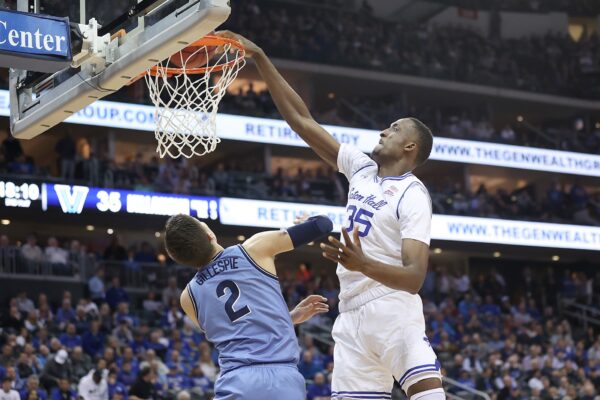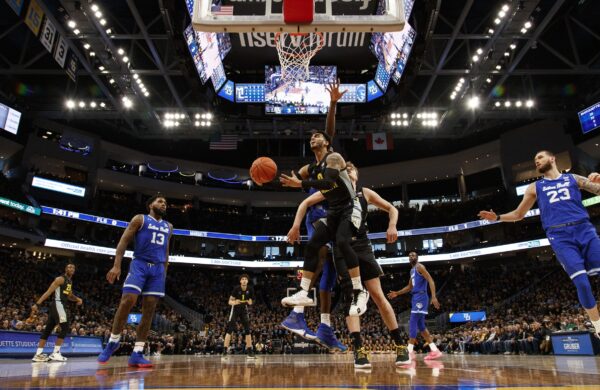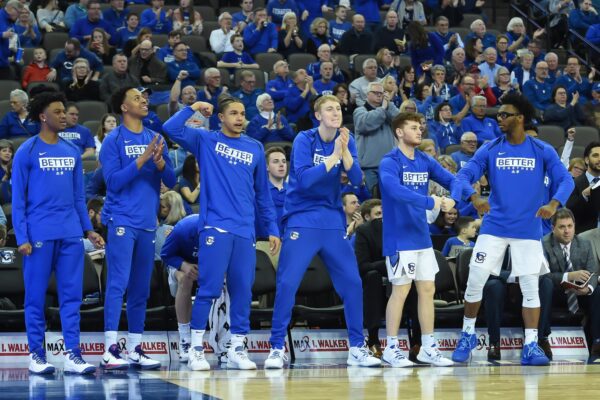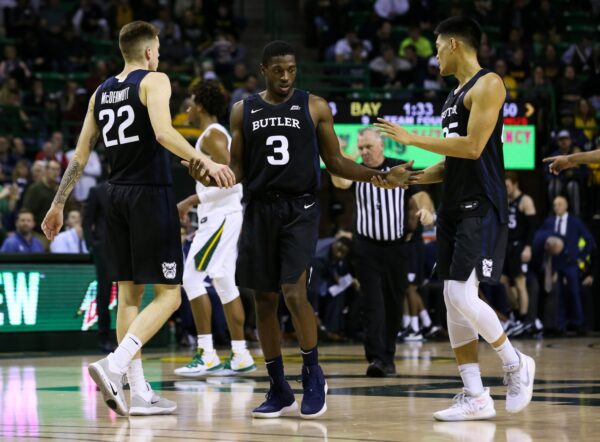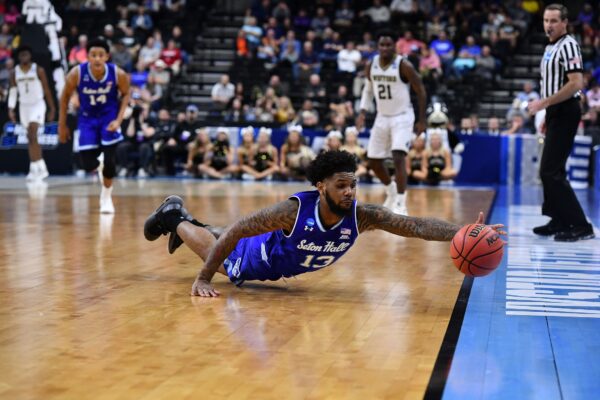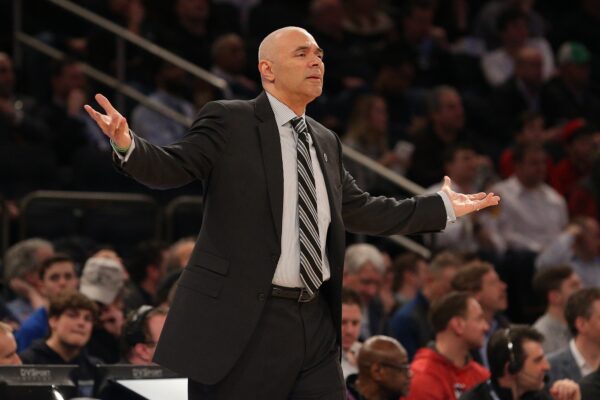Five Questions: Big East Tourney Preview Edition
Posted by Justin Kundrat & Brad Cavallaro on March 11th, 2020We made it, everyone. From Feast Week to December’s lull to conference tip-off and a February with no shortage of complete mayhem, we’ve somehow arrived at March in one piece. The Big East Tournament starts this evening at MSG with no clear favorite and a whole host of questions in tow. Microsite writers Justin Kundrat and Brad Cavallaro are here to break it down.
Q: With Marcus Zegarowski’s status in flux, where does that leave Creighton? Can the Bluejays win the Big East Tournament and/or advance in the NCAA Tournament without their star point guard at full strength?
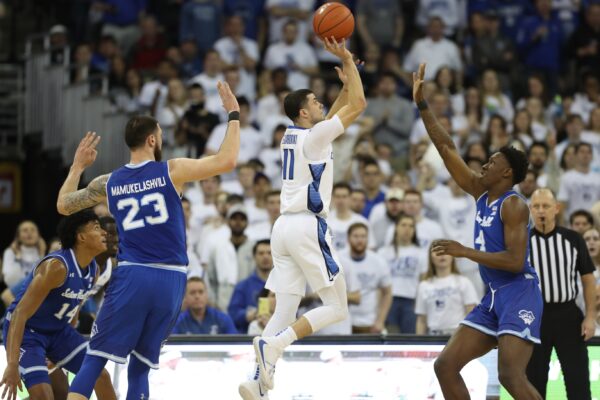
JK: It’s not that Creighton isn’t still a contender for the Big East crown, but I am seriously reconsidering their status as the top dog. The Bluejays excel offensively with dribble penetration and floor spacing to enable kick-out threes, and Zegarowski is a key cog in breaking his man down. His sophomore campaign has resulted in 16.1 PPG and 5.0 APG, and he’s shooting an absurd 45.6 percent from deep in conference play. Not only that, but this team isn’t deep, ranking only 343rd nationally in bench minutes. Outside of Ty-Shon Alexander, there’s nobody else to run this offense! For a team that relies so heavily on crisp offensive execution, I’m worried about their performance this week without him. Let’s see how his status trends, but it might be safe to hold him out until next week.
Q: Providence is one of the hottest teams in the country after rattling off six straight wins. Do you see this hot streak extending into the postseason?
JK: I think so, but I’ll caveat that by saying I’ve been slow getting on the Friars’ recent bandwagon. Their defense has been tremendous and ranks second in efficiency, per Barttorvik, since February 1. Providence is a long team that possesses an uncanny ability to force teams into shots they don’t want to take, and that’s enough to give plenty of opponents a problem. Where they struggle: 1) a propensity to foul; and 2) efficient scoring. Luwane Pipkins has been great and Alpha Diallo is finally showing some maturity, but outside of that duo, the Friars’ offensive output has been unpredictable. If this team runs into a similarly lengthy team (which they won’t face in the conference except maybe against Villanova) that can stifle its robust offensive rebounding, what happens? The impending run will come down to match-ups, in my opinion.
Q: Who is your pick to win the Big East championship and why?
Read the rest of this entry »




























